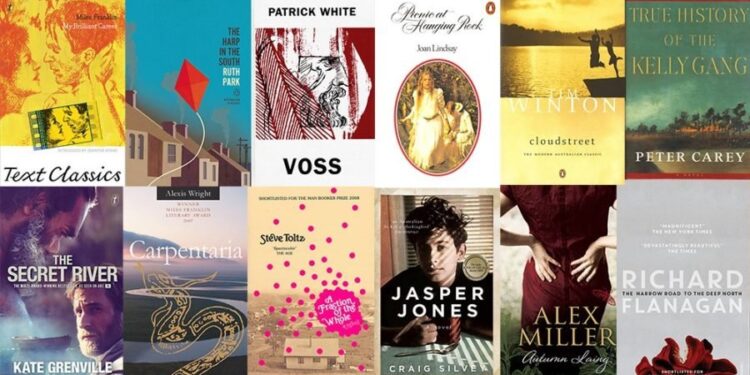What is the Development of the Australian Novel
What is the Development of the Australian Novel-What was the first Australian novel?,What are the features of Australian literature?,What was the first novel published in Australia?,The evolution of the Australian novel is a captivating journey that reflects the growth and identity formation of the nation. From its early colonial origins to the present literary landscape, Australian literature has undergone remarkable transformations, echoing societal shifts, cultural transitions, and the exploration of national character. The trajectory of the Australian novel unfolds across various phases, each marked by unique themes, styles, and voices.
The genesis of the Australian novel can be traced back to the narratives of early European settlers who chronicled their experiences in the unfamiliar and harsh Australian landscape. Classified as frontier literature, these works depicted themes of survival, encounters with Indigenous cultures, and the challenges of adaptation. Notable examples include Mary Durack’s “Kings in Grass Castles” and Henry Lawson’s short stories, providing insights into the hardships of 19th-century life in the Australian outback.
Also Read-
- What is the rise of the Australian novel
- What does contemporary Australia mean
- What is the rise of the Australian novel
The late 19th and early 20th centuries witnessed the emergence of a growing sense of nationalism and the establishment of the “bush legend” in Australian literature. Iconic representations of the rugged Australian bushman in works like Banjo Paterson’s “The Man from Snowy River” and Henry Lawson’s tales helped shape a distinct Australian literary voice, capturing the vastness and unique character of the Australian landscape.
The interwar period ushered in a shift towards modernism, accompanied by a deeper exploration of psychological and existential themes in Australian literature. Authors such as Christina Stead, with her novel “Seven Poor Men of Sydney,” began experimenting with narrative forms, delving into the complexities of urban life. This era also witnessed the rise of social realism, evident in the works of Frank Hardy, whose novel “Power Without Glory” addressed political and social issues within the broader global context of economic depression and political unrest.
Post-World War II marked a pivotal moment in Australian literature as writers grappled with the aftermath of the war and the effects of migration on the nation’s cultural fabric. The 1950s and 1960s saw the emergence of a new wave of novelists, known as the “Angry Penguins” or the “Sydney Push,” challenging traditional norms and exploring taboo subjects. Patrick White, with novels like “Voss” and “Riders in the Chariot,” brought an introspective and philosophical dimension to Australian fiction, tackling existential and metaphysical concerns.
The 1970s and 1980s witnessed a diversification of voices in Australian literature, as Indigenous authors and writers from diverse cultural backgrounds gained prominence. Works such as Sally Morgan’s “My Place” and David Malouf’s “Johnno” exemplify this period’s exploration of identity, belonging, and the intersection of cultures. The Australian novel became a platform for marginalized voices, challenging the conventional Anglo-centric narratives that dominated earlier periods.
The late 20th century and the early 21st century continued this trend, with a broadening of themes and genres in Australian literature. Authors like Tim Winton, Kate Grenville, and Peter Carey explored environmental issues, historical fiction, and postcolonial perspectives. Carey’s “Oscar and Lucinda” and Grenville’s “The Secret River” showcased the rich tapestry of historical narratives that delve into the complexities of Australia’s colonial past.
Contemporary Australian literature reflects a globalized and interconnected world, addressing themes such as multiculturalism, environmentalism, and postmodernism. Indigenous voices, particularly from authors like Alexis Wright and Kim Scott, have gained prominence, contributing significantly to ongoing conversations about Australia’s colonial history and the imperative for reconciliation.














